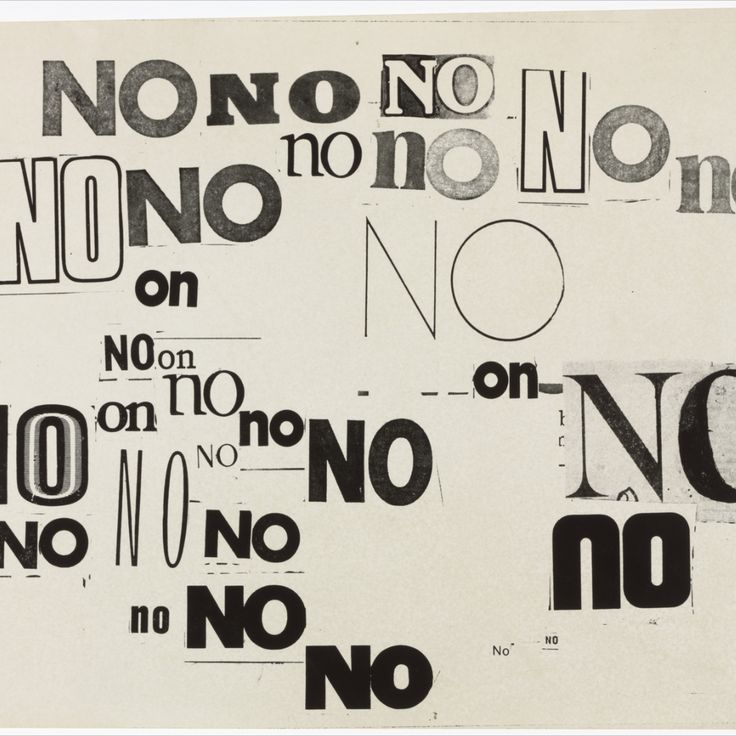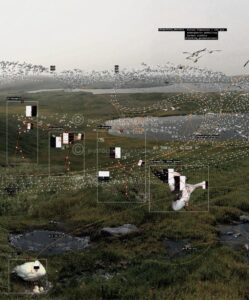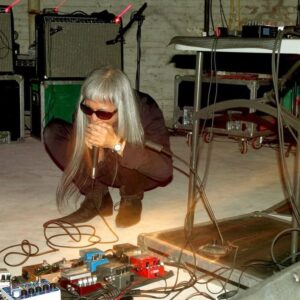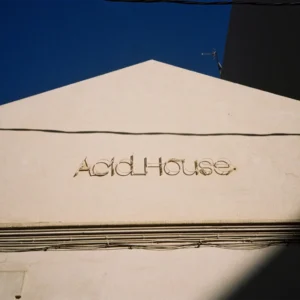Louise Bourgeois x Destino
Louise Bourgeois sculpted memory, trauma, and desire into forms that crawled, loomed, whispered, and watched—her work a psychic architecture built from flesh, steel, and silence.
Born in Paris in 1911 and living until 2010, Bourgeois spent nearly a century turning personal history into universal unease. Her work doesn’t illustrate trauma—it traps you in it. Walking into one of her Cells, you don’t observe a scene—you inherit it. Framed by iron cages, filled with antique fabric, worn beds, glass vials, bones and hands, each installation feels like stepping into someone else’s recurring dream.
Bourgeois’s forms are not abstract in the cold, formalist sense. They are bodily, viscous, wet with implication. They pulse with memory. She made softness terrifying—hanging latex shapes like organs, like things too intimate to name. She made hardness tender—steel cages arranged like bedrooms, surgical tables, or prison cells. She created spaces where the viewer becomes the intruder, the voyeur, or the patient.
Her most iconic sculpture, Maman, the enormous spider that guards museum plazas around the world, is not a monster but a mother. It is protective, menacing, misunderstood. Like most of Bourgeois’s work, it resists simple translation. The spider, for her, represented weaving, care, and fragility—“My best friend,” she once said. But its scale and strangeness provoke discomfort. This is the duality she mastered: to cradle and confront simultaneously.
Bourgeois’s art was always an act of remembering—of refusing to let pain sediment into forgetfulness. But it was also an act of transformation. She stitched, carved, welded, and molded her life into objects that don’t just tell stories—they withhold them, leak them, guard them. Her diaries, drawings, and texts run parallel to her sculptures, forming a kind of private language that spills out in coded material forms.
To encounter Bourgeois’s work is to enter an architecture of feeling. It is to walk through a mind that never stopped circling its own wounds, not to wallow in them, but to rework them. To insist that emotion is a material—elastic, metallic, alive.
In a culture obsessed with visibility and explanation, Bourgeois reminds us that some truths are better felt than told. Her work doesn’t offer catharsis. It lingers. It clings. It returns. Like memory. Like shame. Like love.
Share Post








